Home>Gardening & Outdoor>Outdoor Structures>How To Make Pergola Plans
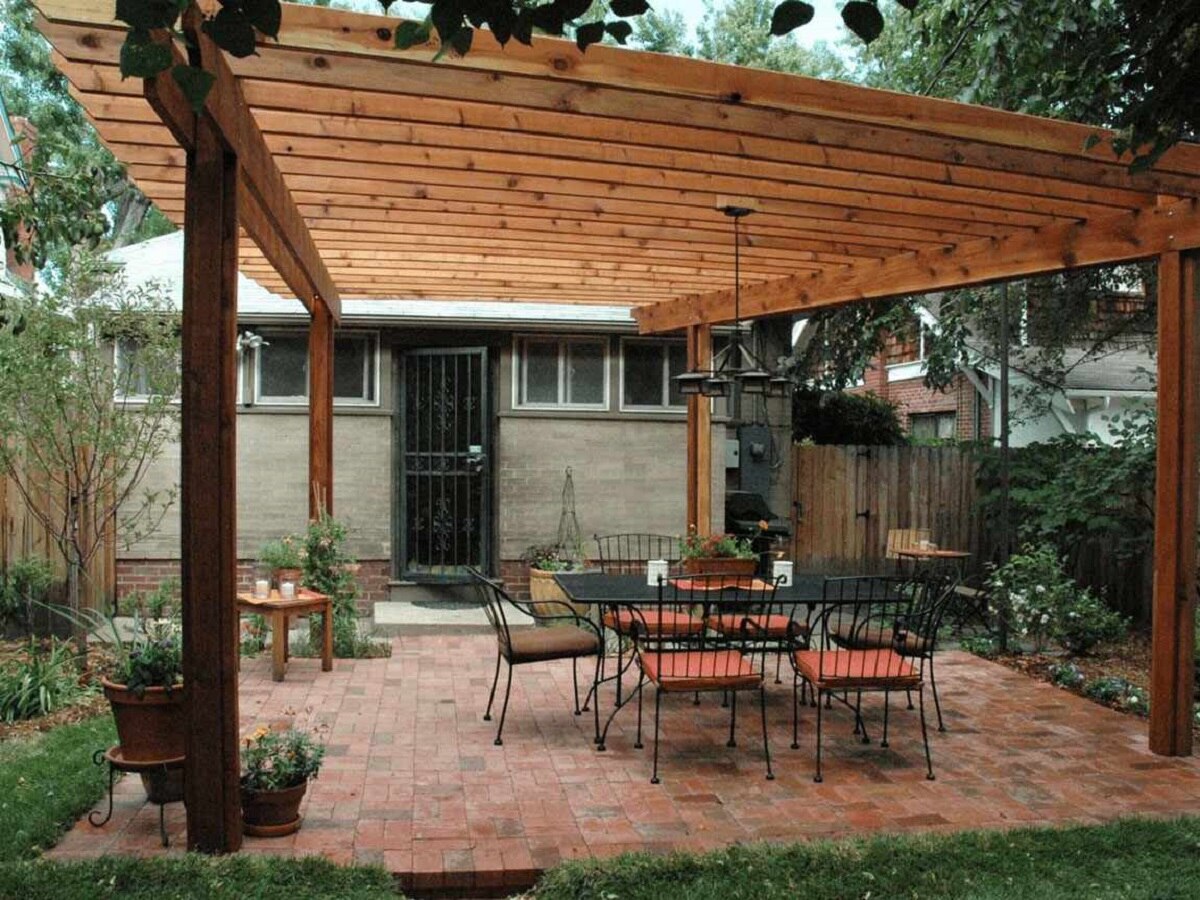

Outdoor Structures
How To Make Pergola Plans
Modified: January 26, 2024
Learn how to design and build your own pergola with our comprehensive outdoor structures guide. Get expert tips and plans for creating the perfect outdoor space.
(Many of the links in this article redirect to a specific reviewed product. Your purchase of these products through affiliate links helps to generate commission for Storables.com, at no extra cost. Learn more)
Introduction
Welcome to the world of pergolas! These elegant outdoor structures have been adorning gardens, patios, and yards for centuries, adding a touch of class and functionality to outdoor spaces. Whether you're looking to create a cozy spot for al fresco dining, a shaded retreat for relaxation, or a stunning focal point for your landscape, building a pergola can be a rewarding and enjoyable project.
In this comprehensive guide, we'll walk you through the process of creating your own pergola plans. From choosing the perfect location and design to gathering materials and tools, and finally constructing the pergola, we'll cover each step with expert tips and insights. By the end of this journey, you'll be well-equipped to embark on your pergola-building adventure with confidence and creativity.
So, grab your imagination, gather your tools, and let's dive into the art of crafting the perfect pergola for your outdoor oasis. Whether you're a seasoned DIY enthusiast or a novice looking to explore the world of outdoor carpentry, this guide is designed to inspire and inform, ensuring that your pergola project is a resounding success. Let's get started!
Key Takeaways:
- Building a pergola involves careful planning, from choosing the location and design to gathering materials and constructing the structure. It’s a creative and rewarding project that enhances outdoor spaces.
- A well-crafted pergola becomes a versatile and inviting outdoor retreat, offering shade, beauty, and a space for relaxation and connection. It’s a testament to creativity, craftsmanship, and the joy of outdoor living.
Read more: How To Make Woodworking Plans
Step 1: Determine the Location and Size
Before diving into the nitty-gritty details of pergola construction, it’s crucial to start with a clear vision of where your pergola will stand and how large it should be. The location sets the stage for the entire project, dictating factors such as sunlight exposure, views, and spatial dynamics.
Begin by surveying your outdoor space and identifying potential sites for the pergola. Consider the purpose of the structure – will it serve as a welcoming entrance to your garden, a shaded extension of your patio, or a standalone retreat in the yard? Take into account the surrounding landscape, existing trees, and any architectural features that can complement or frame the pergola.
Next, think about the size of the pergola. This involves assessing the available space and determining the dimensions that will best suit your needs. Will it be a cozy nook for intimate gatherings, or a sprawling canopy for hosting larger events? Visualize how the pergola will integrate with its surroundings and how people will move around and interact within the space.
Consider the orientation of the pergola in relation to the sun’s path throughout the day. Do you want to maximize shade in the afternoon, or perhaps create a sun-drenched breakfast nook? Understanding the sun’s trajectory can help you position the pergola for optimal comfort and functionality.
Additionally, take into account any local building codes or homeowner association regulations that may impact the placement and size of your pergola. Ensuring compliance with these guidelines will save you potential headaches down the road.
By carefully deliberating on the location and size of your pergola, you’ll lay a solid foundation for the rest of the planning and construction process. This initial step sets the stage for a pergola that not only fits seamlessly into your outdoor space but also enhances the beauty and utility of your surroundings.
Step 2: Choose the Design and Style
Once you’ve identified the perfect spot for your pergola, it’s time to delve into the exciting realm of design and style. Pergolas come in a myriad of shapes, sizes, and architectural styles, offering endless possibilities to express your personal taste and complement your outdoor environment.
Start by exploring different pergola designs to find one that resonates with your aesthetic preferences and harmonizes with the existing architecture of your home and landscape. Traditional, modern, rustic, or minimalist – the design options are as diverse as your imagination. Consider elements such as the shape of the roof, the arrangement of support columns, and decorative details that can add character and charm to your pergola.
Think about the materials you’d like to use for your pergola. Wood, vinyl, metal, or a combination of these materials can all contribute to the overall look and feel of the structure. Each material has its own unique characteristics, from the natural warmth of wood to the low-maintenance durability of vinyl and metal. Your choice of material can significantly influence the style and ambiance of your pergola.
Furthermore, consider how the design of the pergola will interact with climbing plants, vines, or trellises. Incorporating greenery into your pergola can add a lush, organic dimension to the structure, blurring the lines between indoor and outdoor spaces and creating a captivating living canopy.
As you explore design possibilities, keep in mind the functionality of the pergola. Will it primarily provide shade and shelter, or will it also serve as a framework for outdoor lighting, fans, or other amenities? Integrating these functional elements into the design process ensures that your pergola not only looks stunning but also serves your practical needs.
By carefully selecting a design and style that resonates with your vision and complements your outdoor space, you’ll set the stage for a pergola that is not only visually captivating but also a seamless extension of your lifestyle and personal expression. The design phase is an opportunity to infuse your outdoor sanctuary with creativity and character, shaping a pergola that reflects your unique sense of style and purpose.
Step 3: Gather Materials and Tools
With the location and design of your pergola determined, it’s time to roll up your sleeves and gather the materials and tools needed to bring your vision to life. Building a pergola requires a thoughtful selection of quality materials and the right set of tools to ensure a sturdy and visually appealing structure.
The primary material for many pergolas is wood, with cedar and redwood being popular choices due to their natural beauty, durability, and resistance to decay. When selecting wood, look for high-quality, pressure-treated lumber that can withstand the elements and provide long-lasting performance. Alternatively, composite materials and vinyl offer low-maintenance options that can emulate the look of wood while providing enhanced longevity.
Alongside the main structural elements, such as posts, beams, and rafters, you’ll need fasteners, brackets, and hardware to securely assemble the components. Stainless steel or galvanized hardware is recommended to prevent corrosion and ensure the structural integrity of your pergola.
In addition to the primary building materials, consider any decorative elements, such as trim, lattice panels, or post caps, that can add a personalized touch to your pergola. These details can elevate the aesthetic appeal of the structure and create a polished, custom look.
As for tools, a basic toolkit including a saw, drill, level, measuring tape, and hammer will be essential for the construction process. Depending on the complexity of your design, you may also need specialized tools such as a miter saw for precise angle cuts or a post hole digger for setting the foundation.
Prior to purchasing materials, review your pergola plans and take accurate measurements to ensure that you acquire the right quantities of lumber and hardware. It’s advisable to add a buffer for waste and unforeseen adjustments during the construction phase.
By carefully sourcing high-quality materials and ensuring that you have the necessary tools at your disposal, you’ll set the stage for a smooth and efficient construction process. Investing in superior materials and tools from the outset will contribute to the longevity and structural integrity of your pergola, ensuring that it stands the test of time as a centerpiece of your outdoor space.
Step 4: Create a Plan and Blueprint
With the materials in hand and the vision for your pergola firmly established, the next crucial step is to create a detailed plan and blueprint for the construction process. A well-crafted plan serves as a roadmap, guiding you through the assembly process and ensuring that the end result aligns with your expectations.
Begin by translating your pergola design into a precise blueprint. This can be done using design software, graph paper, or even a simple hand-drawn sketch. The blueprint should include accurate measurements, structural details, and a clear depiction of how the various components fit together. Consider factors such as the spacing of support posts, the arrangement of beams and rafters, and any decorative elements that will adorn the pergola.
As you create the blueprint, pay close attention to the structural integrity of the design. Ensuring that the pergola can withstand wind loads, support the weight of climbing plants, and endure the elements is essential for its long-term durability. If needed, consult with a structural engineer or experienced builder to validate the soundness of your design.
Once the blueprint is finalized, create a comprehensive plan that outlines the step-by-step construction process. This plan should detail the sequence of assembly, from preparing the site and setting the foundation to erecting the posts, installing the framework, and adding finishing touches. Anticipating each phase of the construction process will help you stay organized and efficient as you bring your pergola to life.
Consider any additional features or amenities, such as electrical wiring for lighting or ceiling fans, and incorporate them into your plan. This will ensure that the necessary provisions are made during the construction phase, saving you time and effort in the future.
By investing time and attention into creating a comprehensive plan and blueprint, you’ll set the stage for a smooth and methodical construction process. The plan serves as a valuable reference, empowering you to approach each stage of the build with confidence and precision, ultimately leading to a pergola that not only looks stunning but also stands as a testament to careful planning and craftsmanship.
When making pergola plans, be sure to carefully measure and mark the location for the posts, ensuring they are evenly spaced and level. This will provide a sturdy foundation for your pergola structure.
Read more: How To Make Curved Pergola Rafters
Step 5: Prepare the Site
Before the physical construction of your pergola can commence, it’s essential to prepare the site to ensure a solid and stable foundation for the structure. Proper site preparation sets the stage for a successful and enduring pergola installation, safeguarding against potential issues and ensuring long-term structural integrity.
Start by clearing the area where the pergola will be situated. Remove any debris, rocks, or vegetation that may impede the construction process. Ensure that the ground is level and free from obstructions to facilitate the assembly of the pergola components.
If your pergola will be installed on a concrete patio or deck, verify that the surface is sound and capable of supporting the additional weight of the structure. Make any necessary repairs or reinforcements to the existing surface to guarantee stability and safety.
For pergolas that will be anchored into the ground, mark the precise locations for the support posts. Use a post hole digger to create holes of the appropriate depth, accounting for local building codes and frost line considerations. Ensuring that the support posts are securely anchored is essential for the stability and longevity of the pergola.
Consider the installation of any utilities, such as electrical conduits or irrigation lines, if your pergola design incorporates these features. Planning for these utilities during the site preparation phase can streamline the installation process and prevent the need for disruptive modifications later on.
Prior to proceeding with the construction, take a moment to review your plan and verify that the site is fully prepared to accommodate the pergola installation. Attention to detail during the site preparation phase will lay a solid foundation for the subsequent construction steps, ensuring that your pergola stands as a testament to meticulous planning and craftsmanship.
Step 6: Build the Pergola Structure
With the site prepared and the materials at the ready, it’s time to embark on the exhilarating phase of building the pergola structure. This pivotal step brings your vision to life, transforming lumber and hardware into a captivating architectural centerpiece that will enhance your outdoor space for years to come.
Commence the construction process by erecting the support posts in the designated locations. Ensure that the posts are plumb and securely anchored, whether in the ground or on a solid surface, to provide a stable foundation for the pergola.
Next, install the beams that will span between the support posts, providing the framework for the pergola’s roof. Carefully measure and align the beams to ensure a level and symmetrical structure, paying close attention to the connections and joints to guarantee stability.
Once the beams are in place, add the rafters that will run perpendicular to the beams, creating the lattice-like roof structure characteristic of many pergolas. The spacing and orientation of the rafters can be customized to achieve the desired level of shade and visual appeal, adding a personalized touch to your pergola design.
As you progress through the construction process, periodically assess the structural integrity of the pergola, ensuring that all components are securely fastened and aligned. Attention to detail during the assembly phase will contribute to the longevity and safety of the structure, providing peace of mind for years to come.
If your pergola design includes decorative elements such as trim, lattice panels, or post caps, incorporate these features into the construction process to add a personalized and polished finish to the structure.
Throughout the construction phase, refer to your plan and blueprint to guide the assembly process, ensuring that each step is executed with precision and care. As the pergola structure takes shape, take a moment to savor the tangible realization of your vision, knowing that your craftsmanship and dedication are shaping an enduring and captivating outdoor sanctuary.
Step 7: Add Finishing Touches
As the structure of your pergola takes form, the final step involves adding the finishing touches that will elevate its aesthetic appeal and functionality, transforming it into a captivating and inviting outdoor space.
If your pergola design incorporates climbing plants or vines, this is the time to introduce them to the structure. Whether you opt for classic climbing roses, fragrant jasmine, or lush ivy, the addition of greenery can infuse the pergola with natural beauty and create a serene, shaded retreat. Carefully train the plants to ascend the support posts and intertwine with the lattice roof, creating a living canopy that evolves with the seasons.
Consider incorporating lighting elements to extend the utility and charm of your pergola into the evening hours. String lights, lanterns, or strategically placed fixtures can imbue the space with a warm and inviting ambiance, making it a welcoming destination for twilight gatherings and quiet moments under the stars.
If desired, install accessories such as retractable canopies, curtains, or shades to provide additional protection from the elements and privacy when needed. These functional elements can enhance the versatility of your pergola, allowing you to adapt the space to varying weather conditions and personal preferences.
Add comfortable seating, outdoor furnishings, and personalized decor to create an inviting and functional outdoor living area within the pergola. Whether it’s a cozy dining nook, a tranquil reading retreat, or a vibrant entertainment space, infusing the pergola with your personal style and comfort transforms it into a seamless extension of your indoor living space.
Finally, take a moment to appreciate the transformation of your outdoor space as the finishing touches come together. The culmination of your efforts has yielded a pergola that not only enriches your outdoor environment but also reflects your creativity and vision, inviting you and your loved ones to enjoy countless moments of relaxation and connection in its embrace.
Conclusion
Congratulations on completing the journey of crafting your own pergola plans! From envisioning the perfect location and design to bringing the structure to life with meticulous craftsmanship, you’ve embarked on a fulfilling and transformative endeavor that will enrich your outdoor living space for years to come.
Building a pergola is not just a construction project; it’s a creative expression of your personal style and a testament to your dedication to enhancing your outdoor environment. As you stand beneath the completed pergola, surrounded by the beauty of your landscape and the craftsmanship of your creation, take a moment to savor the satisfaction of a job well done.
More than a mere architectural feature, your pergola stands as a gathering place for cherished moments – a shaded retreat for intimate conversations, a backdrop for joyful celebrations, and a tranquil sanctuary for solitary reflection. Its presence will enrich your outdoor lifestyle, providing a versatile and inviting space for a myriad of activities and experiences.
As the seasons unfold, your pergola will evolve, adorned with the vibrant foliage of climbing plants, illuminated by the warm glow of evening lights, and offering respite from the sun’s rays. It will become an integral part of your outdoor narrative, witnessing the passage of time and creating enduring memories for you and your loved ones.
Beyond its tangible attributes, your pergola embodies the spirit of craftsmanship, creativity, and thoughtful design. It reflects your commitment to creating a harmonious and welcoming outdoor environment, where nature and artistry converge to inspire and delight.
So, as you bask in the shade of your pergola, surrounded by the sights and sounds of your outdoor sanctuary, take pride in the transformation you’ve orchestrated. Your pergola is more than a structure – it’s a testament to your vision, passion, and the enduring beauty of outdoor living.
May your pergola stand as a beacon of tranquility and elegance, inviting you to embrace the simple joys of outdoor living and creating cherished moments that will linger in your heart for years to come.
Frequently Asked Questions about How To Make Pergola Plans
Was this page helpful?
At Storables.com, we guarantee accurate and reliable information. Our content, validated by Expert Board Contributors, is crafted following stringent Editorial Policies. We're committed to providing you with well-researched, expert-backed insights for all your informational needs.
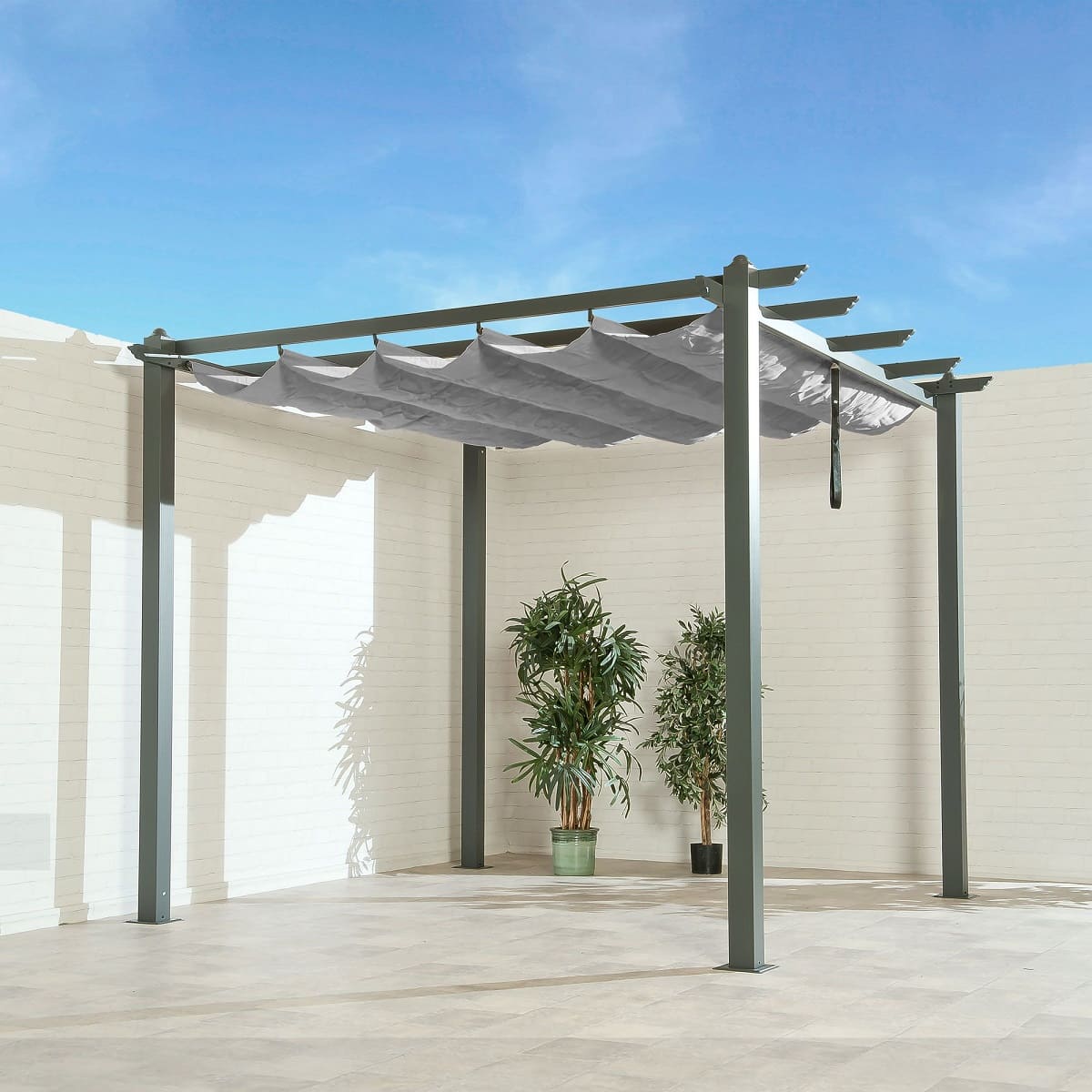
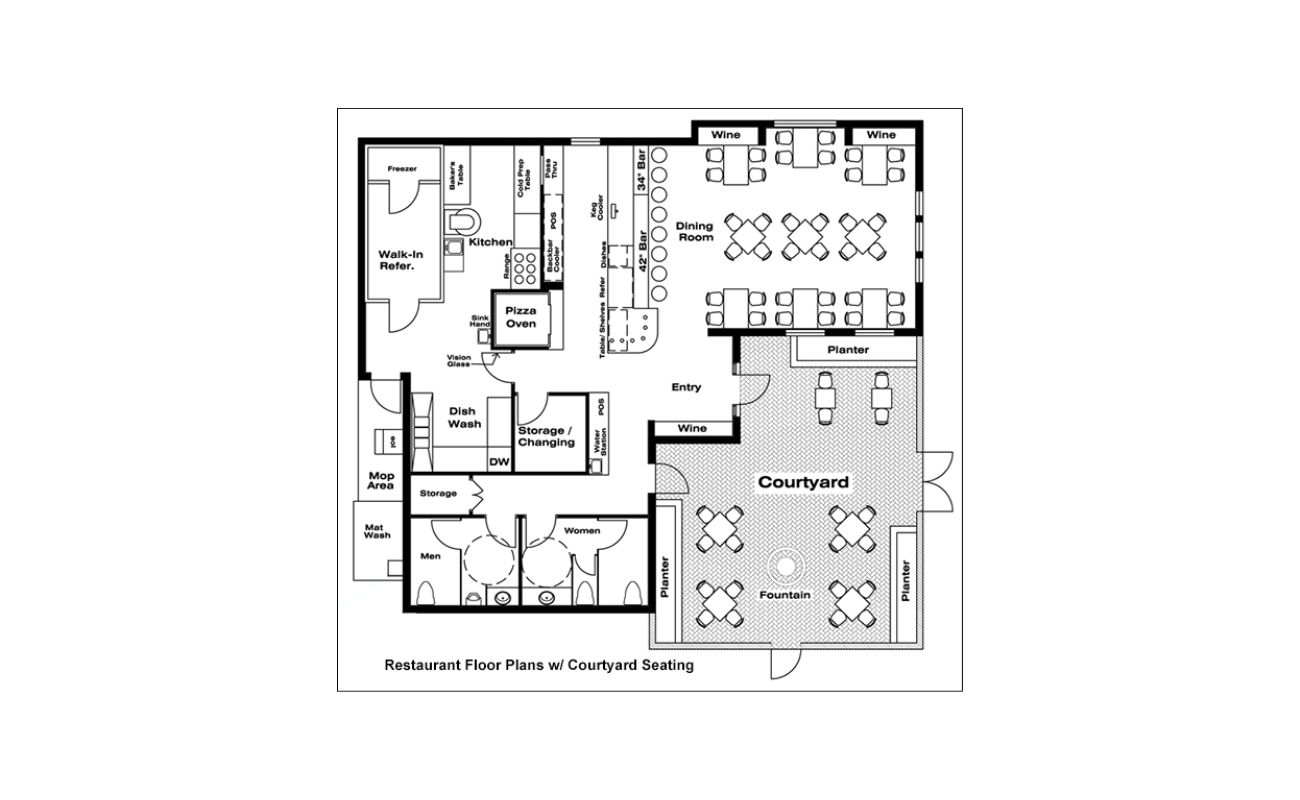
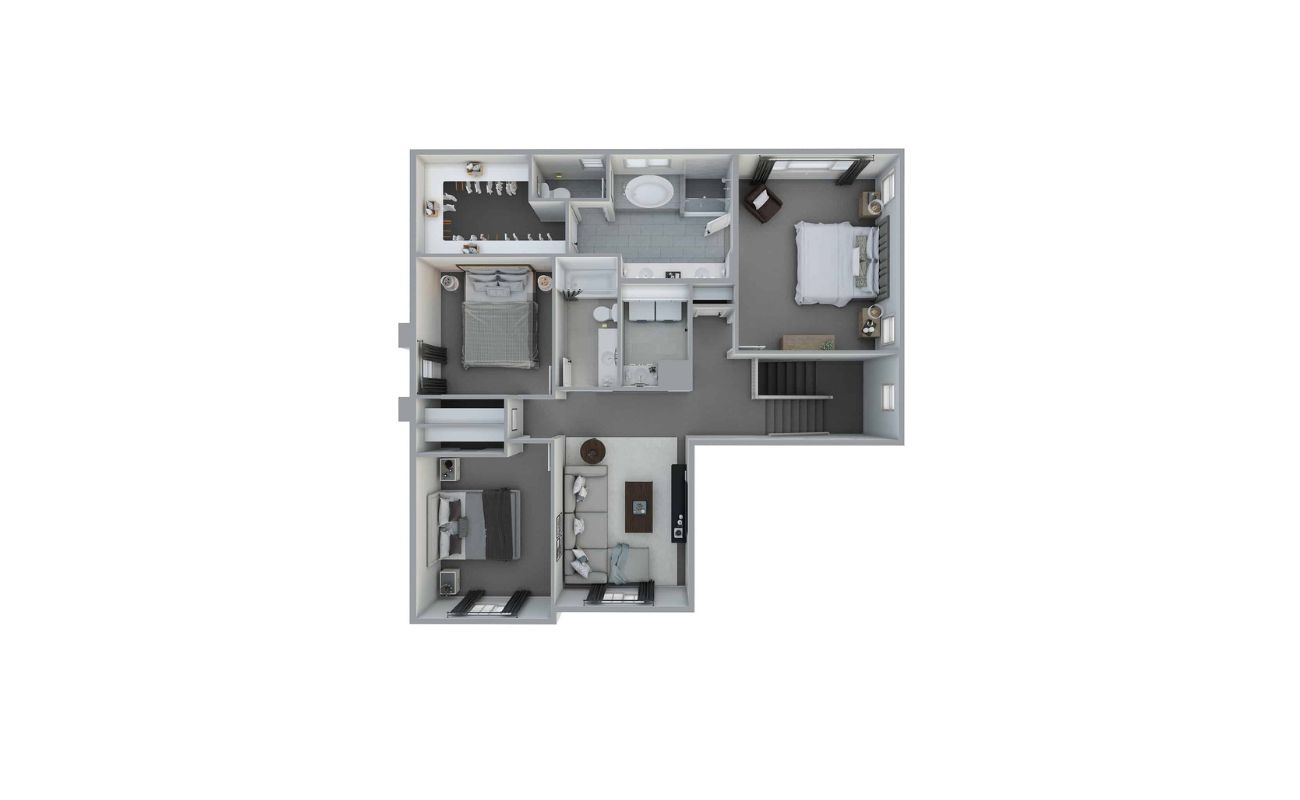
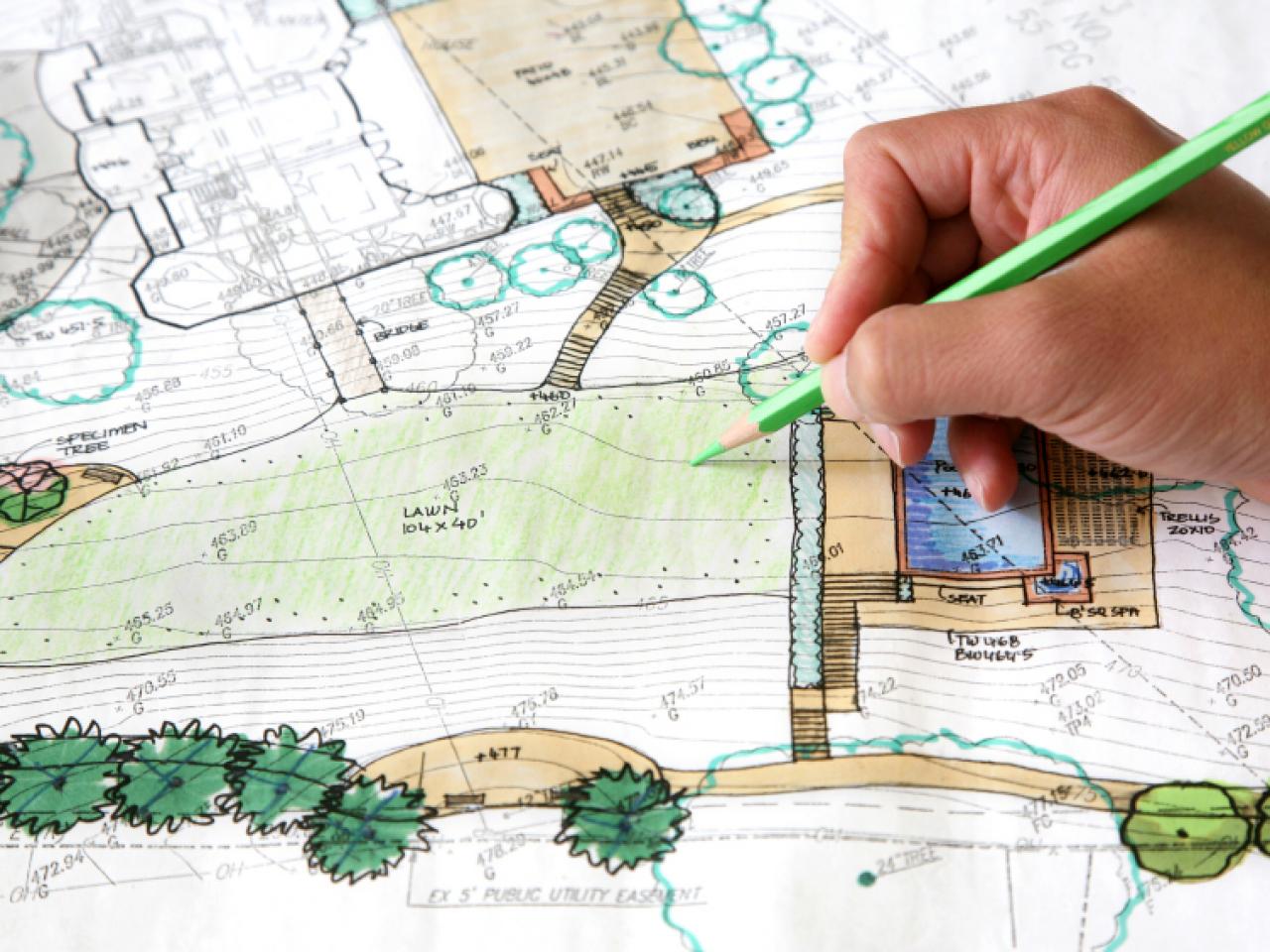
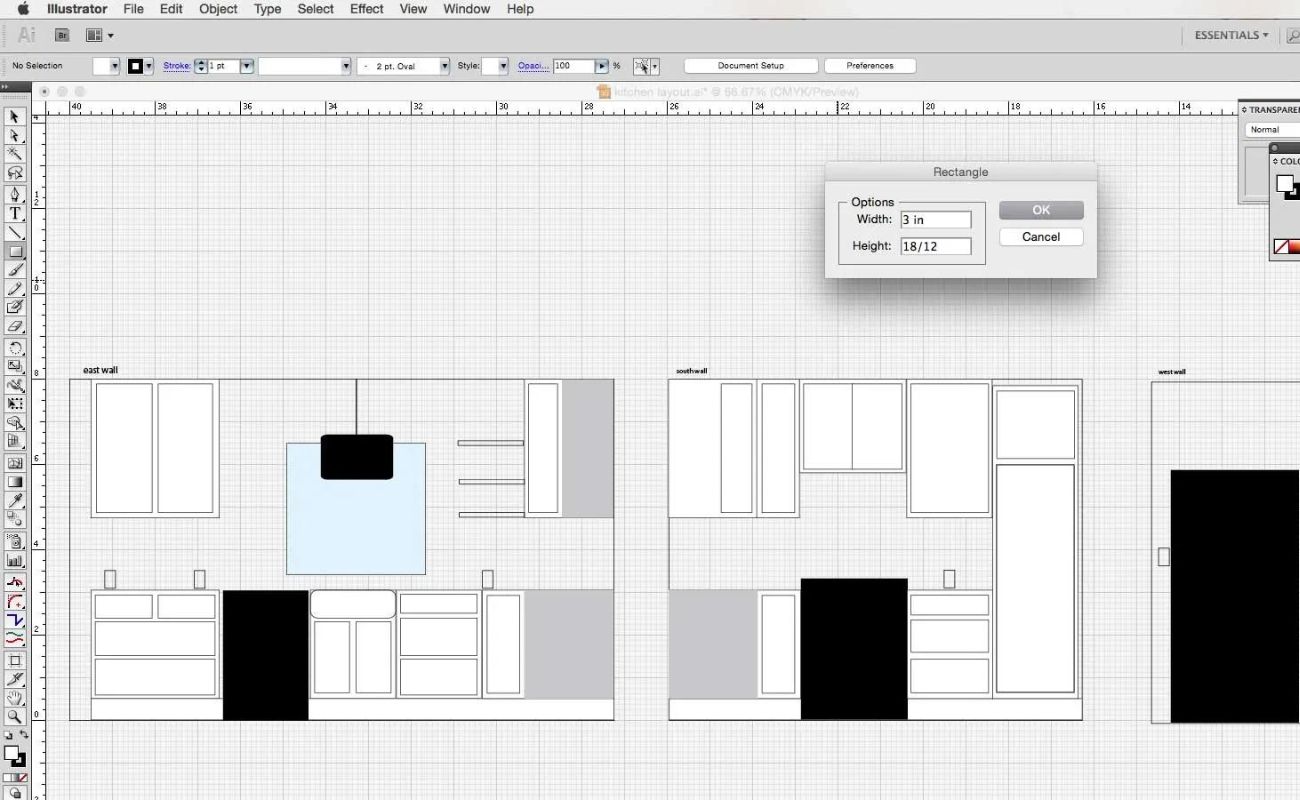
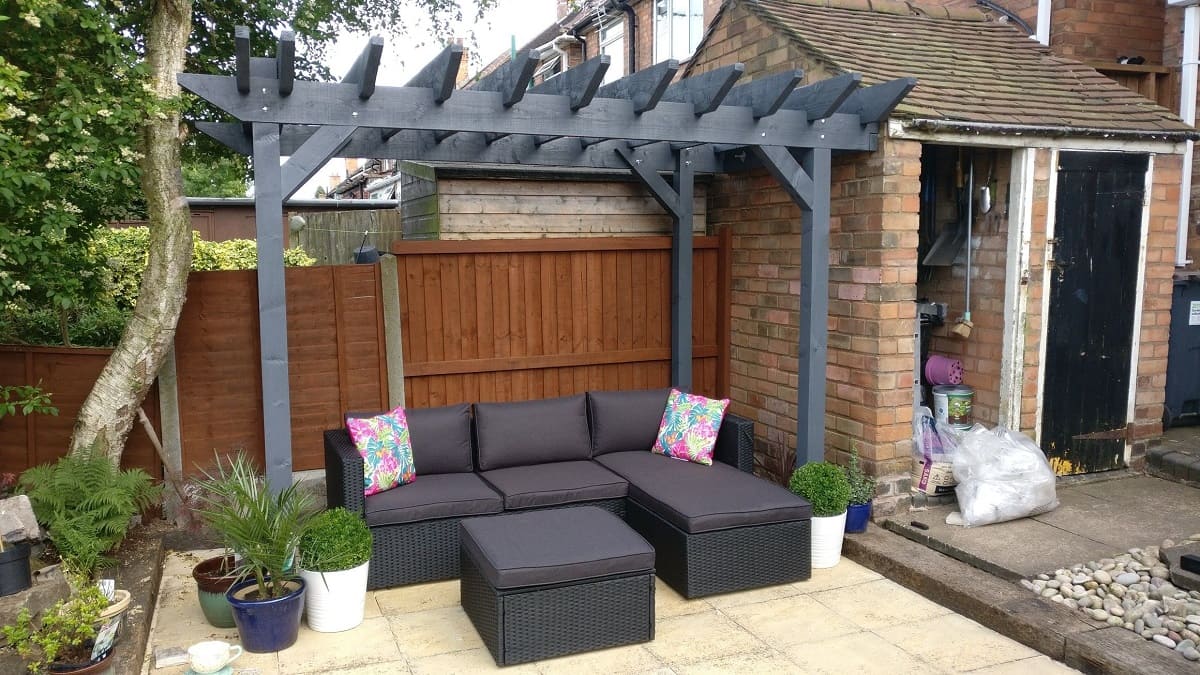
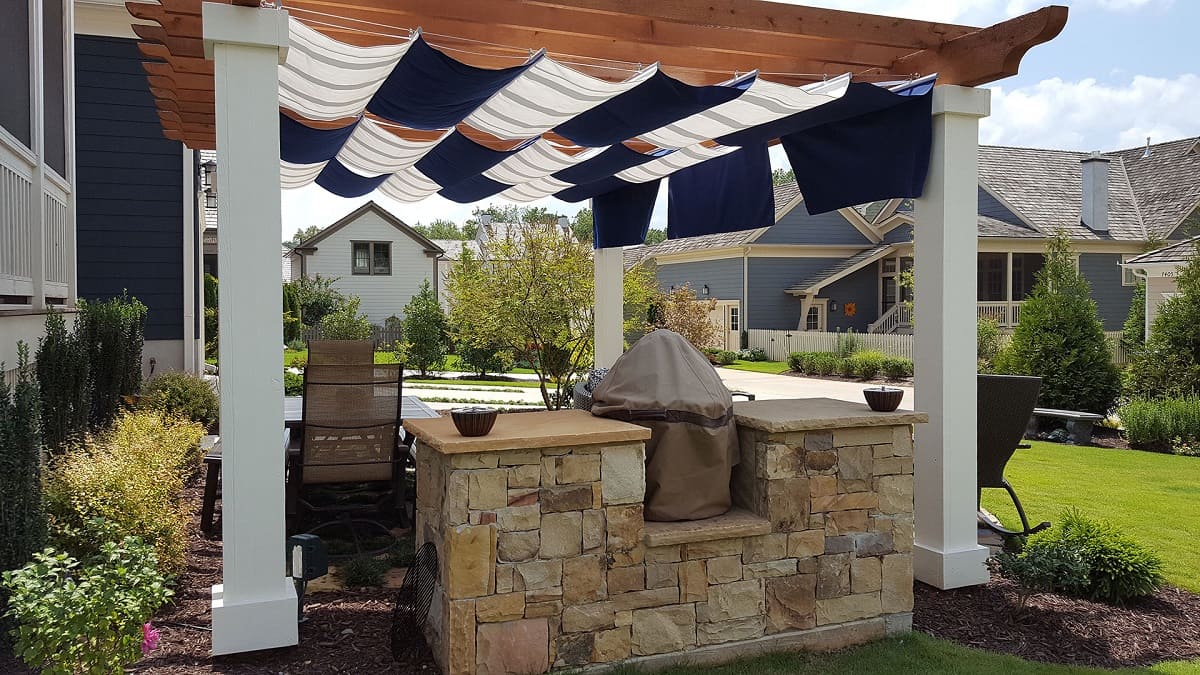
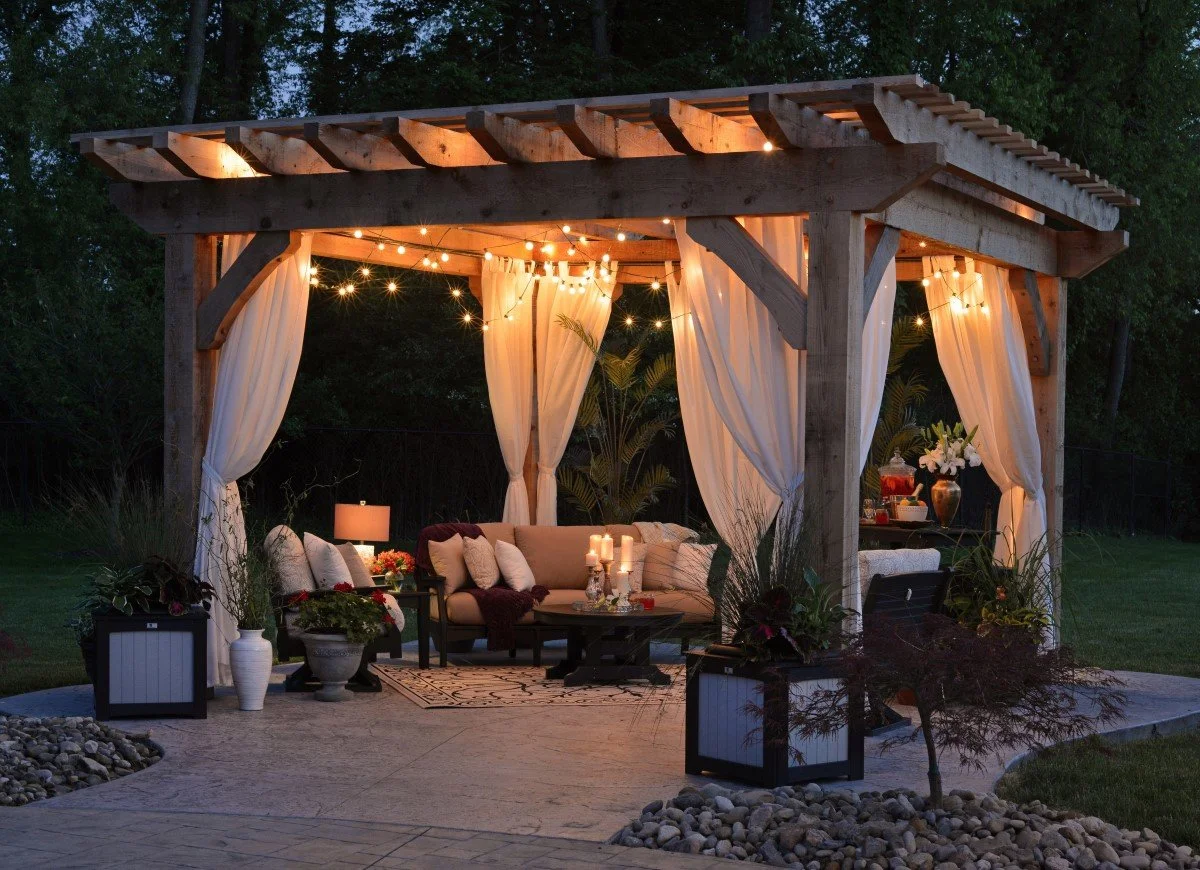
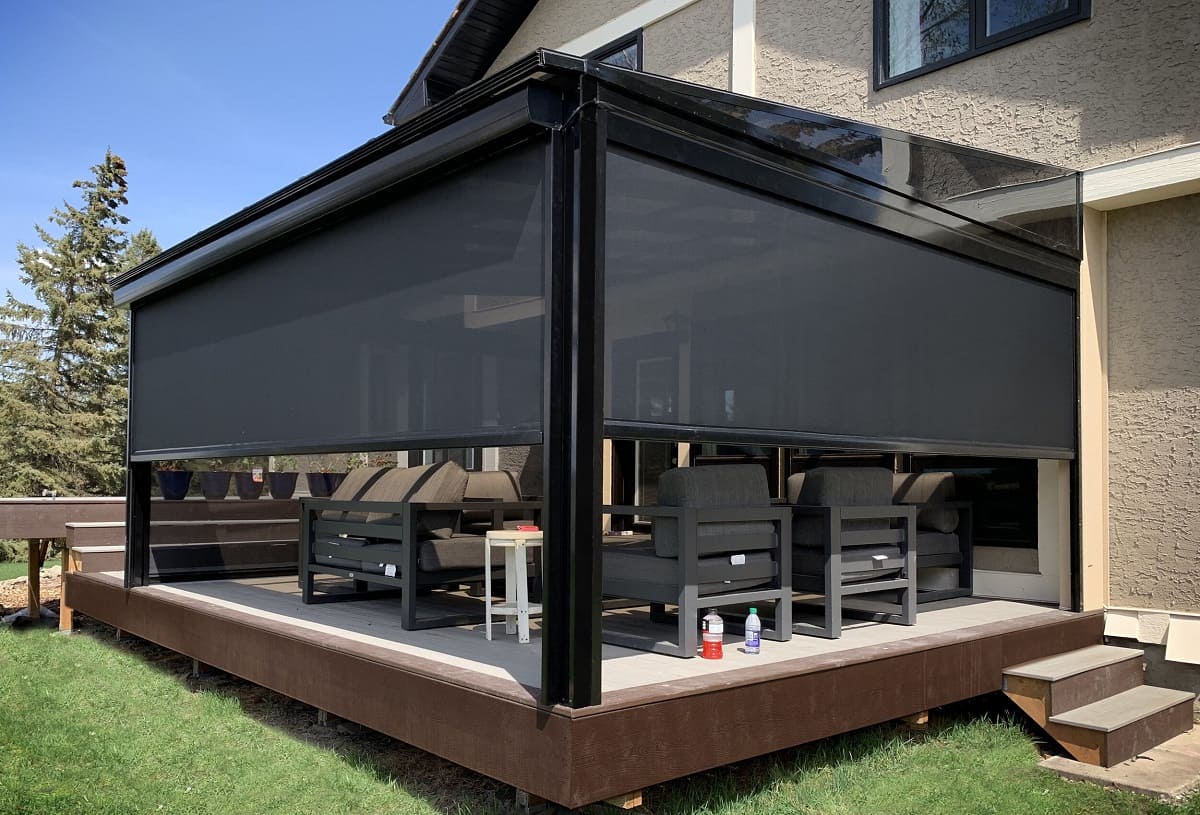
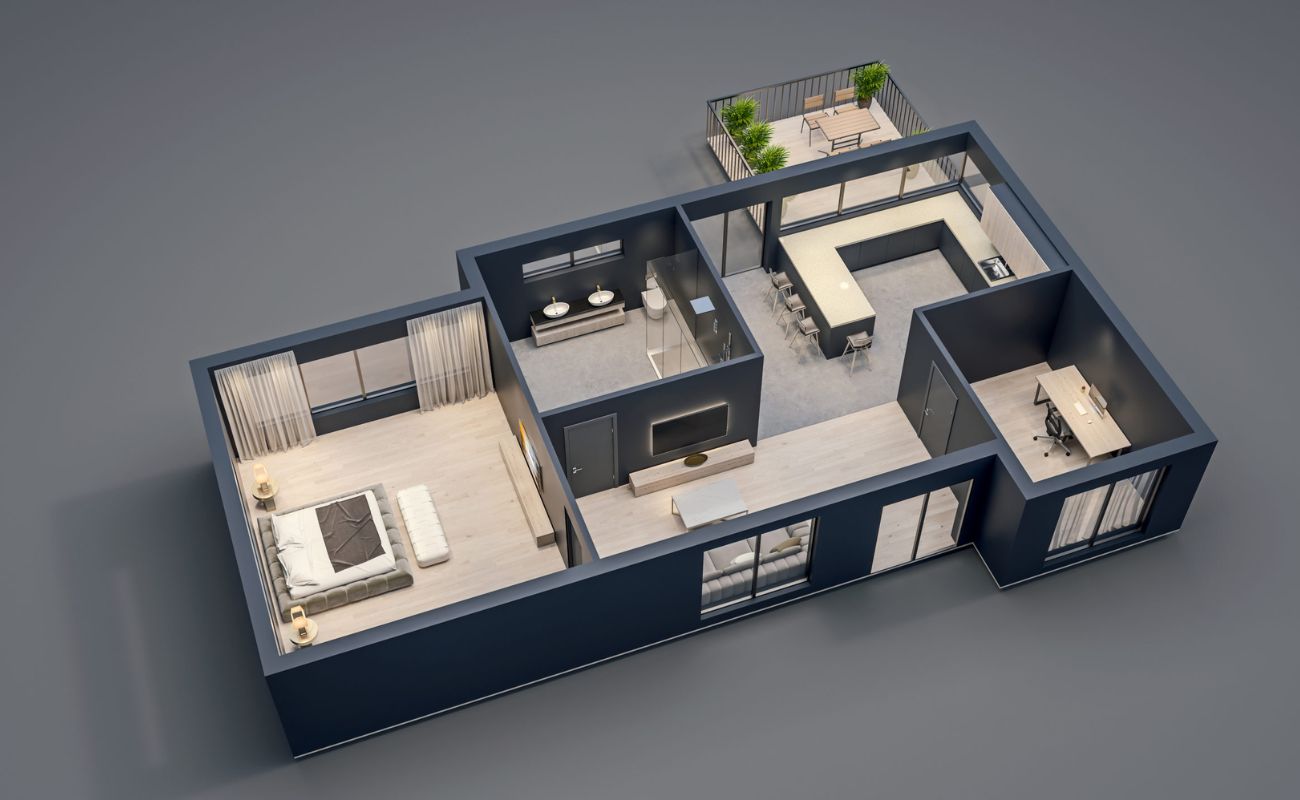
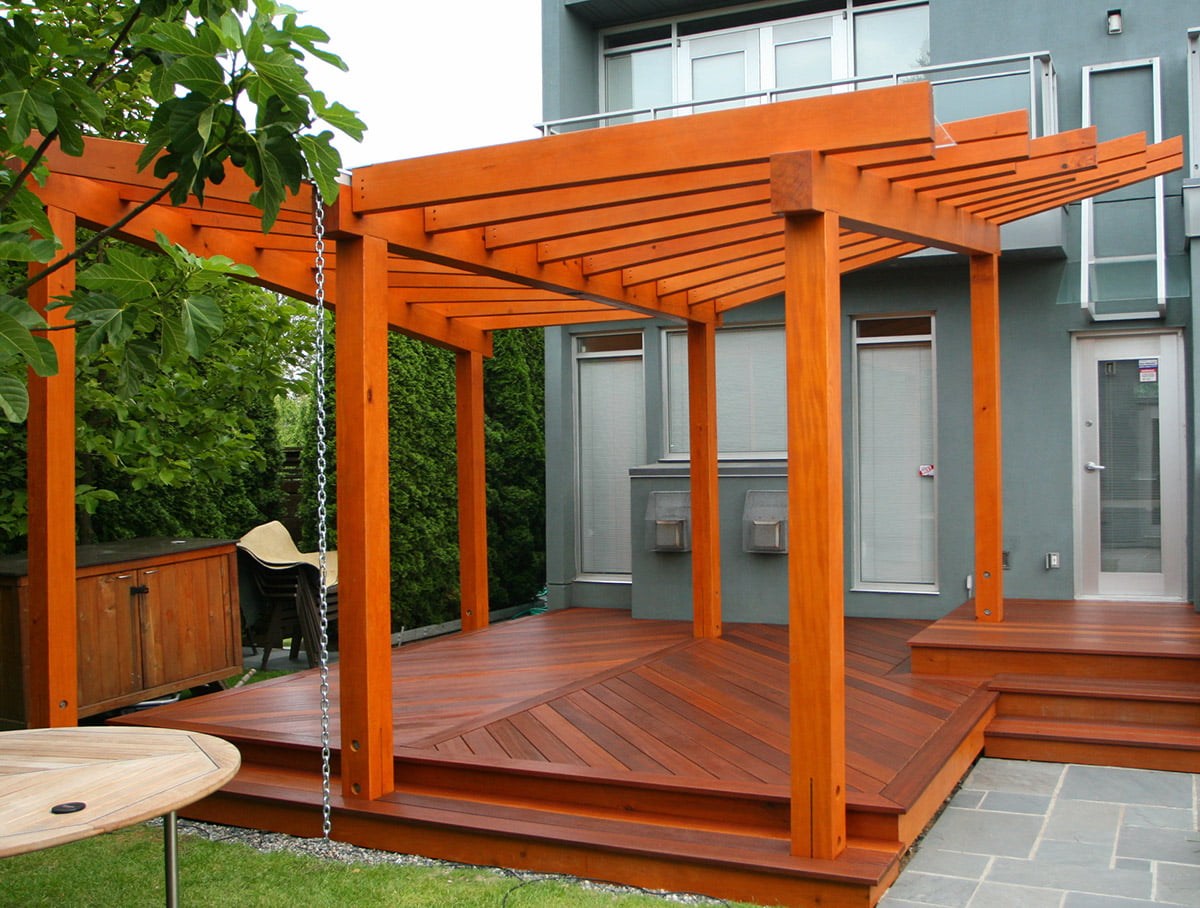
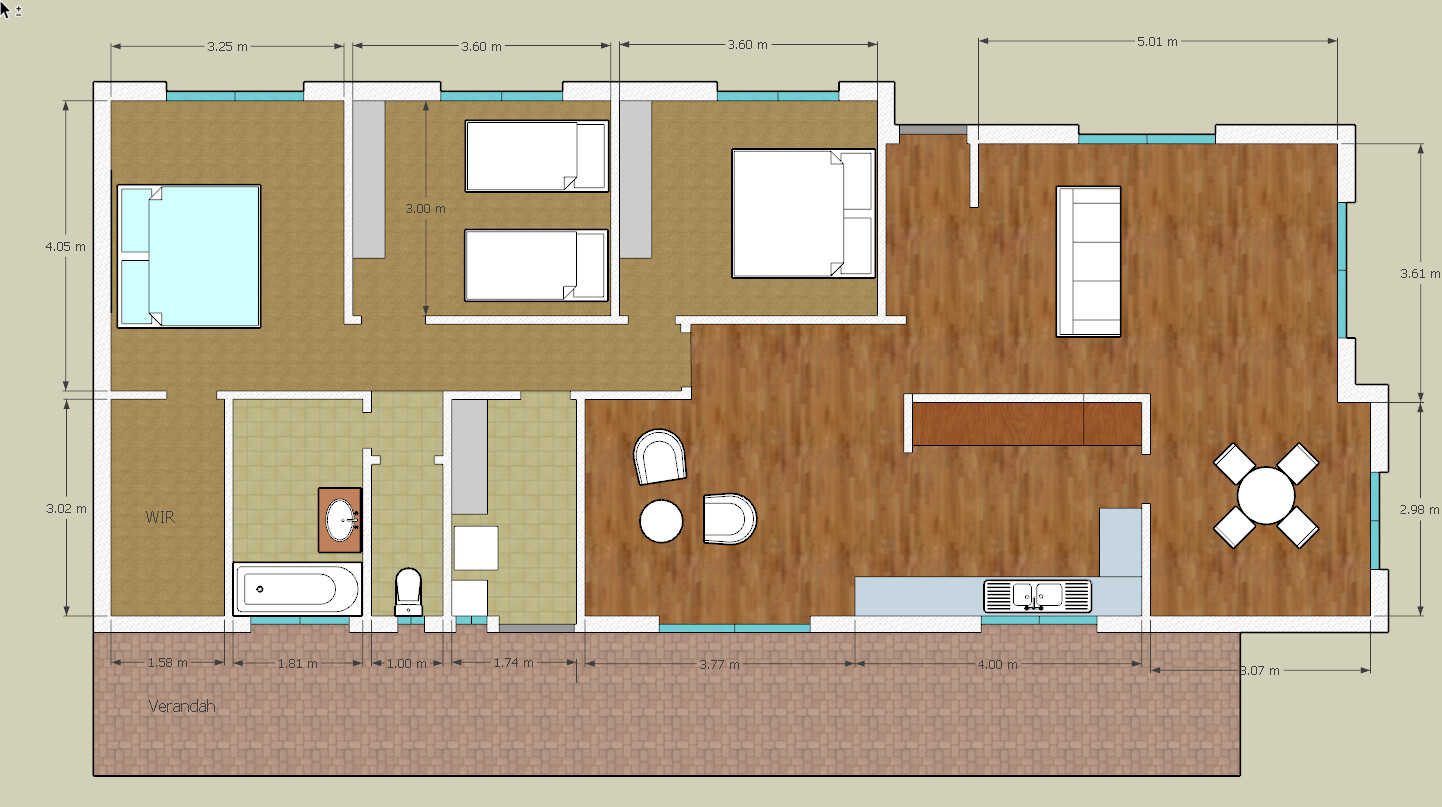
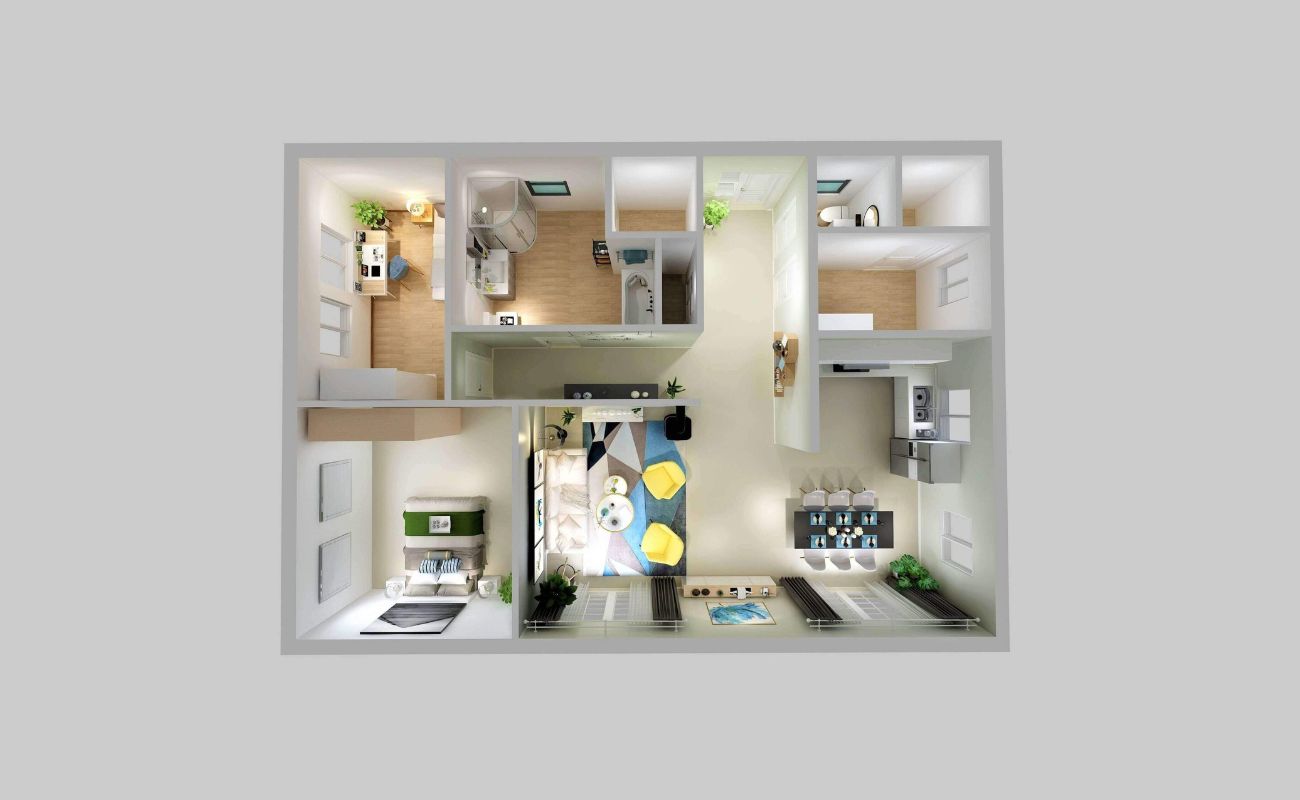
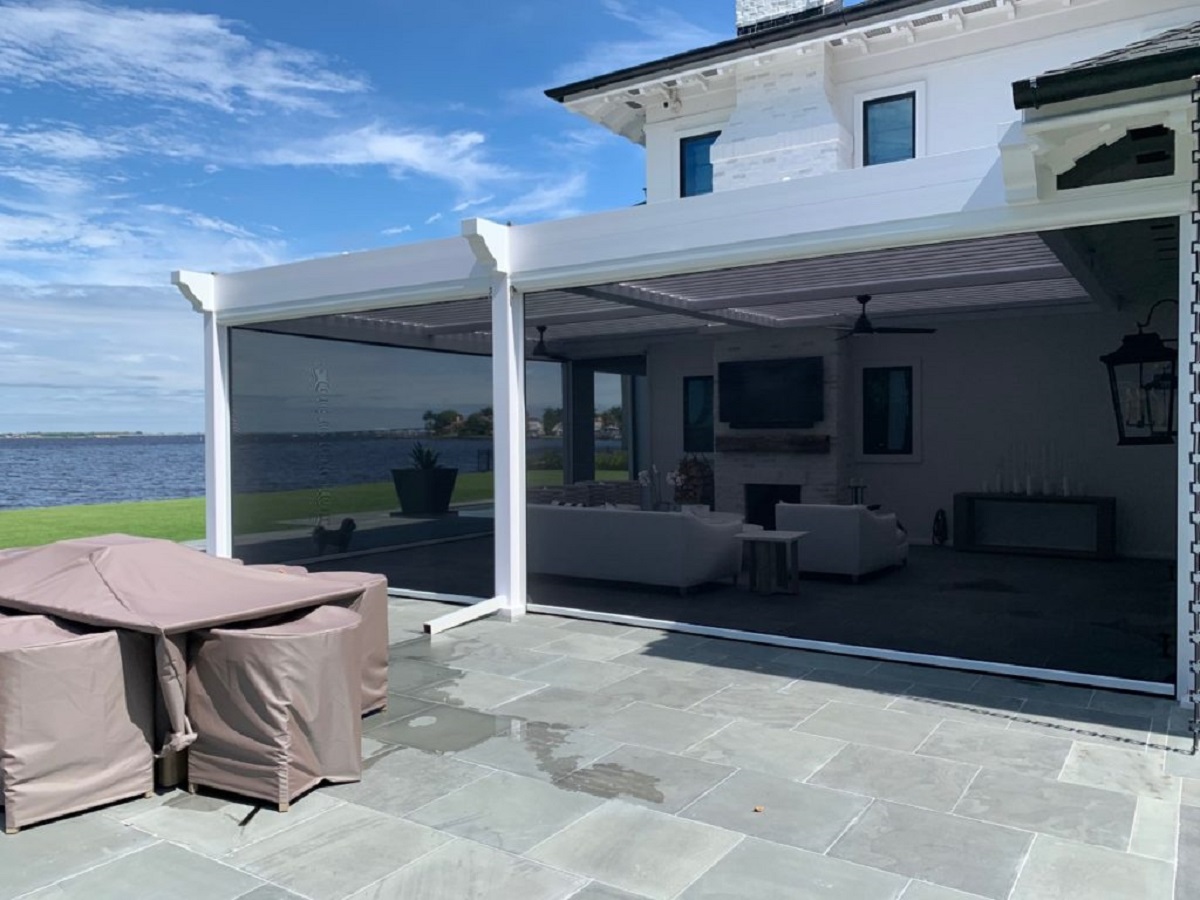

0 thoughts on “How To Make Pergola Plans”